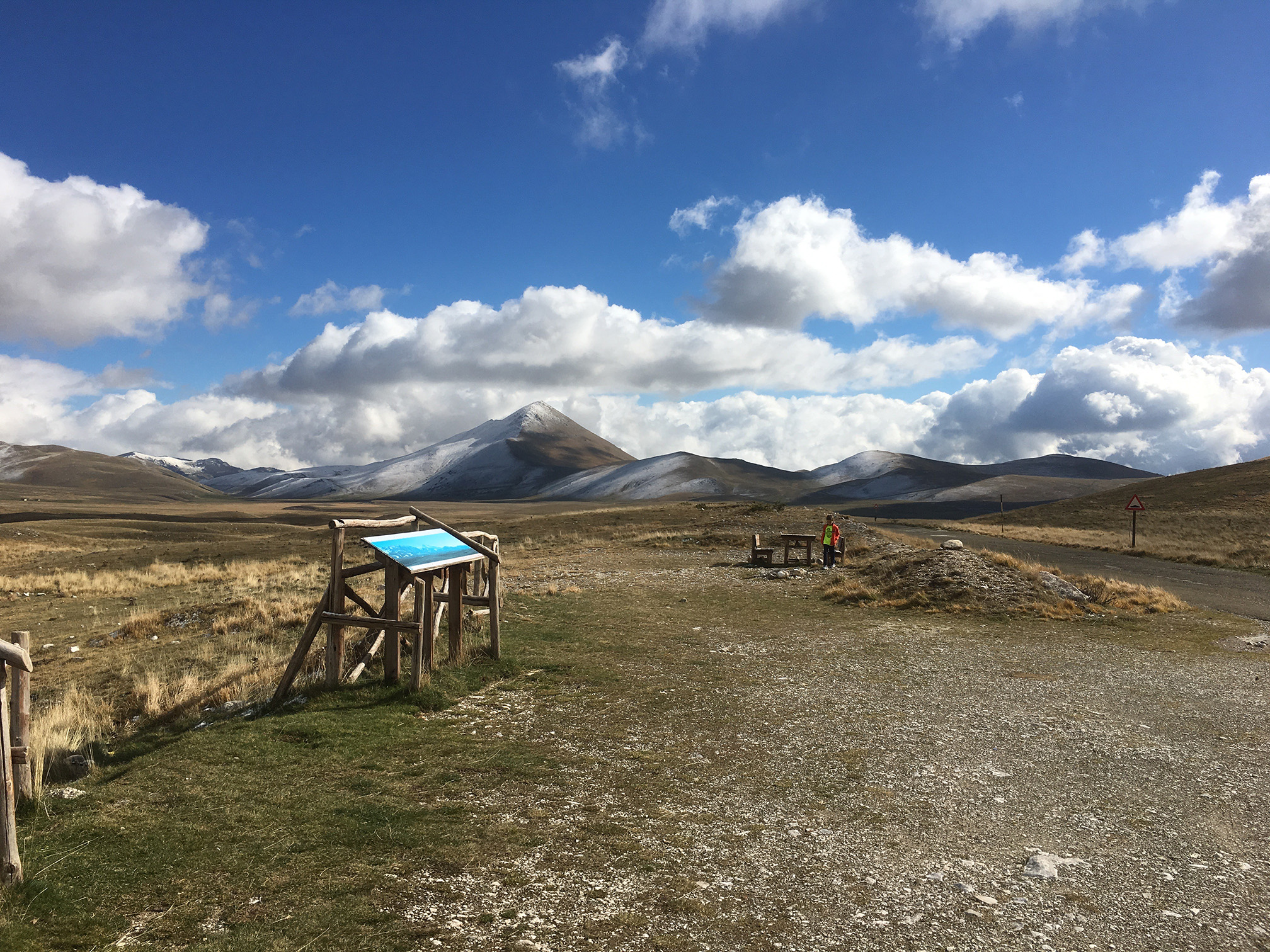Abruzzo is geographically located in the southeastern section of Italy. Its neighboring region to the west is Lazio. Between the two lies the Apennines, a mountain range that runs through the entire country.
Abruzzo is roughly a 90-minute drive from the beach town of Pescara to Gran Sasso d’Italia, the peak of the Apennines. So, you can go from swimming in the crystal-clear Adriatic Sea to skiing down the white peaks of the mountains in under two hours. It is a tourist’s dream, but it did not always get tourists.
Rome — Lazio’s historical treasure trove and a hub for vacationers and history buffs — is less than 70 miles from Abruzzo. However, Abruzzo became Italy’s hidden gem because the natural barrier between the two kept it hidden away until the Autostrada (highway) A24 and A25 were constructed through the Apennines in the 1970s.
The mountains make up roughly two-thirds of Abruzzo.
Strong and Kind
In some ways, this left Abruzzo better preserved, but it can be rough. The mountainous terrain is difficult to traverse, which meant its residents needed to be strong and resilient. However, they are also kind, loving, and hospitable.
Primo Levi, a 19th-century journalist, best described it as “forte e gentile” (Strong and Kind) in his book Abruzzo forte e gentile: impressioni d’occhio e di cuore, It was quickly adopted as the region’s unofficial slogan.
A bit of history
Volumes of books can be written about the history of Abruzzo, but that is a bit too deep a dive for our purposes. So, let’s jump ahead a few megaannum or so.
If you look at a map, you might notice that Abruzzo is located more central than it is southern. The reason for this dates back a few hundred years.
Picture it, Sicily, 1861. The Italian peninsula was unifying as a young and new country. The Kingdom of the Two Sicilies was breaking apart and joined the Kingdom of Italy, and the region of Abruzzi e Molise was born. Molise was Abruzzo’s neighbor to the south and, since they were together in the Two Sicilies, it made sense to keep them as one. So, that single region extended further south at that point.
In 1963, the single region split into two, Abruzzo and Molise. Both regions had distinct identities and cultures. So, it made sense to separate them. Without Molise, Abruzzo was more central but, due to its historical associations with Molise and the Kingdom of Two Sicilies, it was still considered southern.
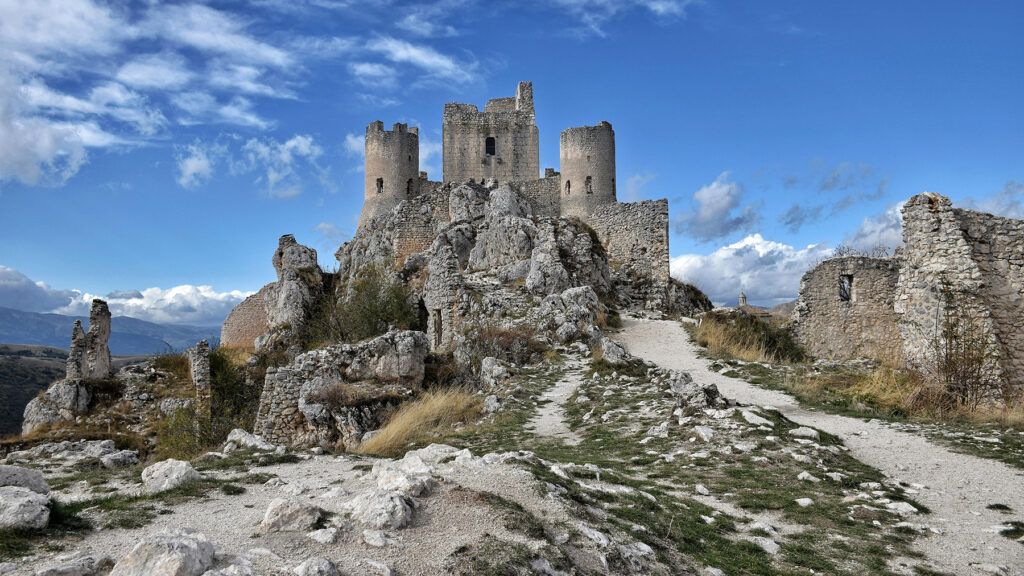
Medieval Castles
Abruzzo has one of the highest concentrations of castles in all of Italy. These fortresses were built largely during the Middle Ages, when the region was a volatile borderland between the Kingdom of Naples and the Papal States. The mountainous terrain made it a natural stronghold, and many castles were constructed both for military defense and to assert territorial control.
Among the most famous is Rocca Calascio, a striking fortress perched high in the Apennines, known for its dramatic views and appearance in films like Ladyhawke. Other notable castles include Castello Piccolomini in Celano and Castello Aragonese in Ortona. Today, these castles serve not only as historical monuments, but also as emblems of Abruzzo’s resilience and strategic importance throughout history.
People of note
Abruzzo is not a hotbed of historical figures or celebrities. Its status as Italy’s best-kept secret worked both ways. People did not get in or out.
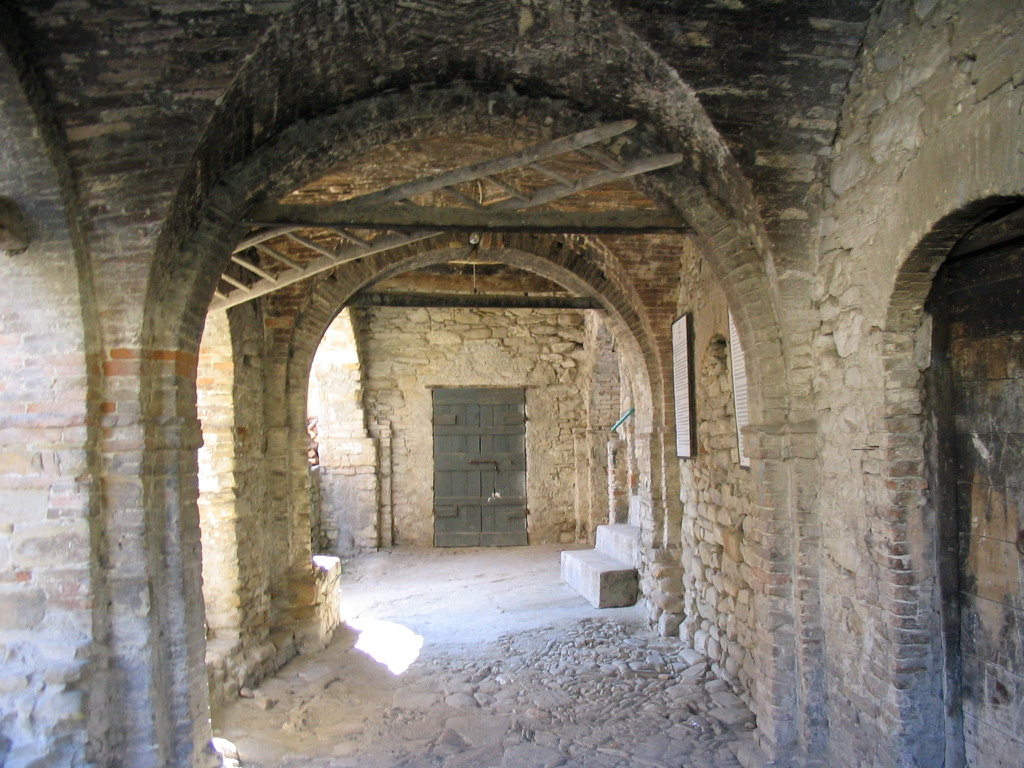
There are famous people whose roots trace back to Abruzzo — like Madonna, Bradley Cooper, Jim Croce, and Ariana Grande — but not many made their name in the region.
There is one historical figure of note, though. In the Christian faith, it is believed that the crucifixion of Jesus was ordered by Pontius Pilate. He is from the small mountain town of Bisenti. My family also happens to come from Bisenti.
Maybe being tied to one of the most prominent historical figures in the world’s largest religion may compensate for the dearth of quantity. On the other hand, that also means that an Abruzzese was responsible for the death of a deity. So, maybe that is not so good?
The Abruzzo paradox
Abruzzo is one of the greenest areas in Europe, but it is not easy to grow things there. The region is defined by its mountains but a third of it consists of dense forests, alpine meadows, and wild river valleys. Its entire eastern coast is flush with beaches and crystal-clear waters. Yet, this is not how we think of it.
That is because most of the green areas are protected natural lands, not farmland. Elsewhere, the valleys are sharp, the slopes are steep, the ground is rocky, and the soil is thin.
What grows in Abruzzo
Despite its scenic views and tourist-worthy amenities, Abruzzo was never a wealthy region. Being tucked away behind the Apennines certainly did not help. The mountains also made it tough on ingredients and shepherding. Stronger, mountainous animals like sheep and goats can thrive. To put things in perspective, though, the Podolica Abruzzese di Montagna (Abruzzo’s Podolian mountain cattle) were a rare breed of cattle in the mountains of Abruzzo that officially went extinct in 2007.
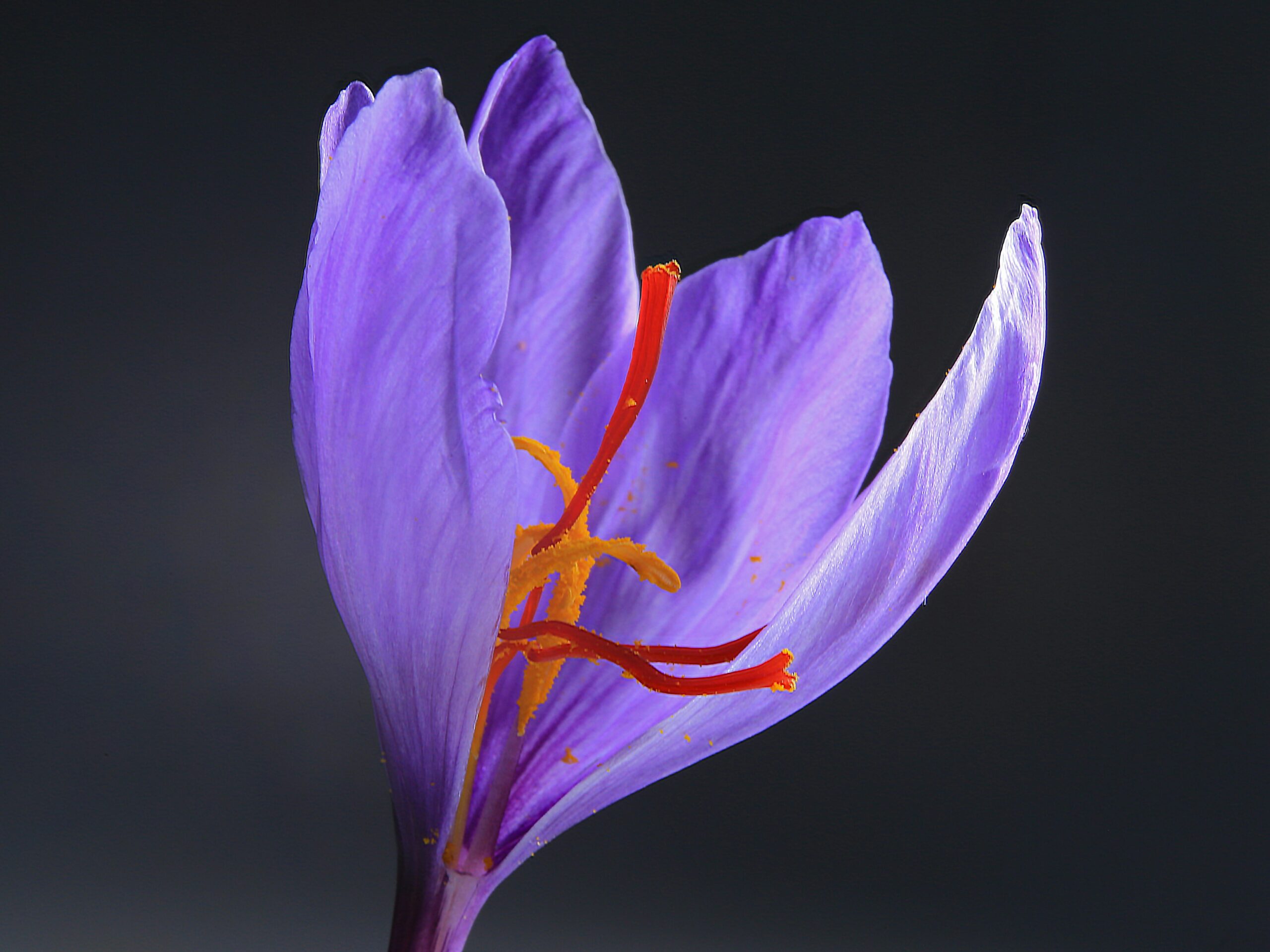
The region is also tough on produce. Sturdy vegetables like potatoes, carrots, chard, and cabbage are abundant.
There are also microclimates that make up ideal conditions for the growth of olives, grapes, lentils, tomatoes, pears, and saffron.
Saffron
Saffron is Abruzzo’s shining star. It is the most expensive ingredient in the entire world, and that is partially because of the labor-intensive process of manually harvesting it. It takes 75,000 flowers to make one pound of saffron. It takes 13 minutes to pick 100 flowers and then another 23 to separate the tiny red stigmas — the part we eat — from the flowers.
Side note: One way you can often tell if a saffron spice is fake is by the color. Counterfeit saffron is typically all red, but if it is real, there should be yellow stigmas as well.
Grapes & Wine
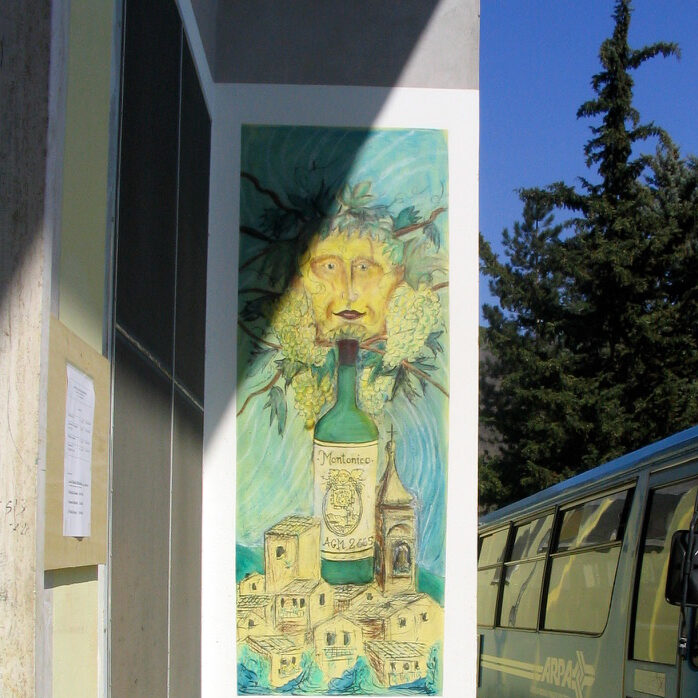
Montepulciano grapes grow in abundance in Abruzzo. Sangiovese grapes grow there as well. As you may expect, the red Montepulciano d’Abruzzo wine is made of these two grapes, with the Montepulciano grape making up at least 85% of it. It is a heavily tannic wine with a medium body, deep berry flavors and hints of tobacco.
Trebbiano d’Abruzzo is a delicate white wine made from the Trebbiano grapes that grow in Abruzzo. It is categorized by its fruity aroma and floral notes.
Montepulciano and Trebbiano are the most notable wines from the region, though plenty of others exist, such as Mantonico.
This modern life
Modern Abruzzo continues to exemplify its status as tough but kind. The Abruzzese remain strong through high unemployment rates, slowed job and industrial growth, and even earthquakes. Thanks to the construction of the Autostrada A24 and A25, the region has experienced economic growth boosted by ecotourism, ski resorts, and national parks. It is becoming a destination for expats looking for a slower and simpler pace of life, and is starting to garner international recognition. At its current pace, it will not be long before its status of hidden gem is a thing of the past.

